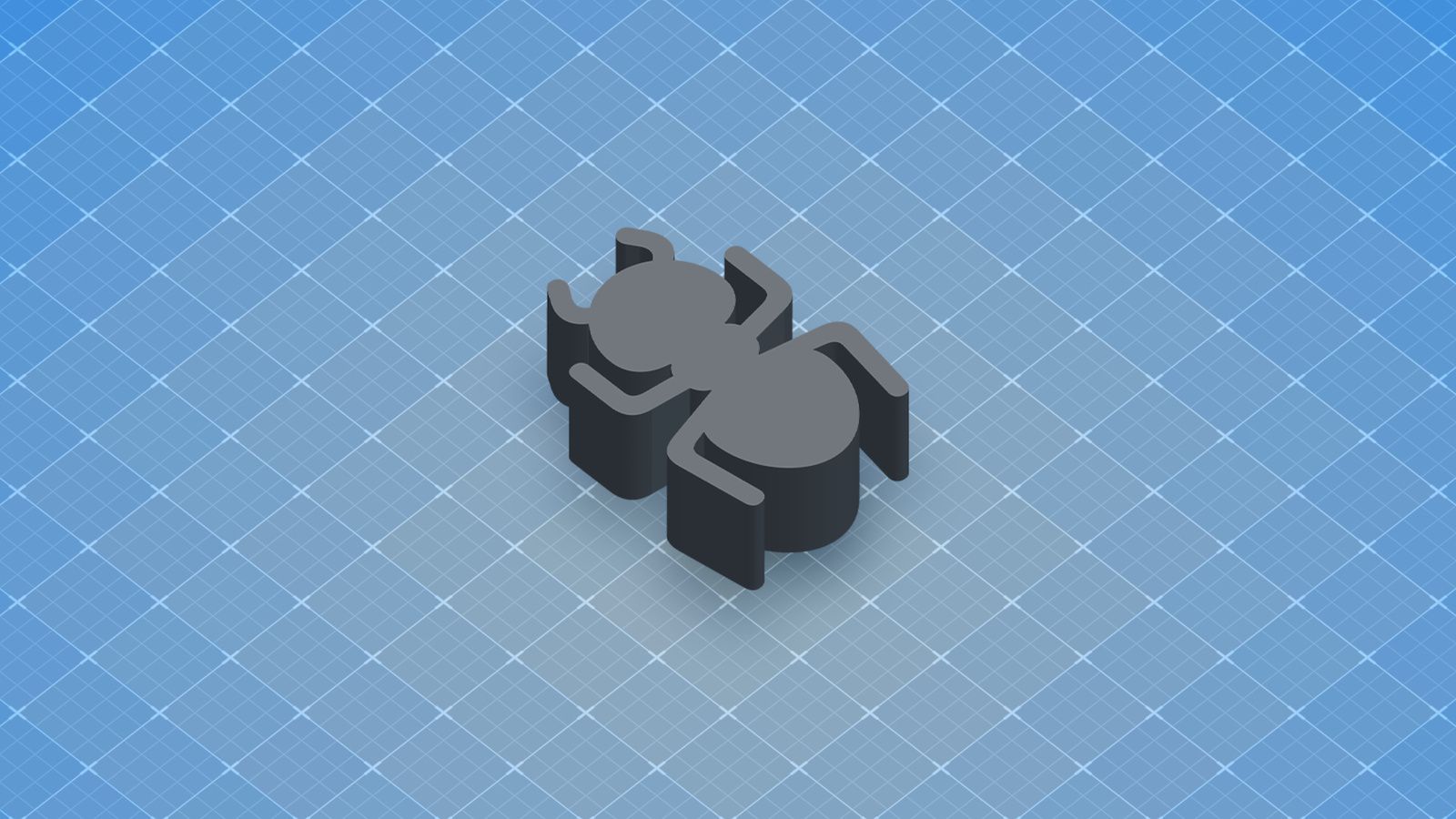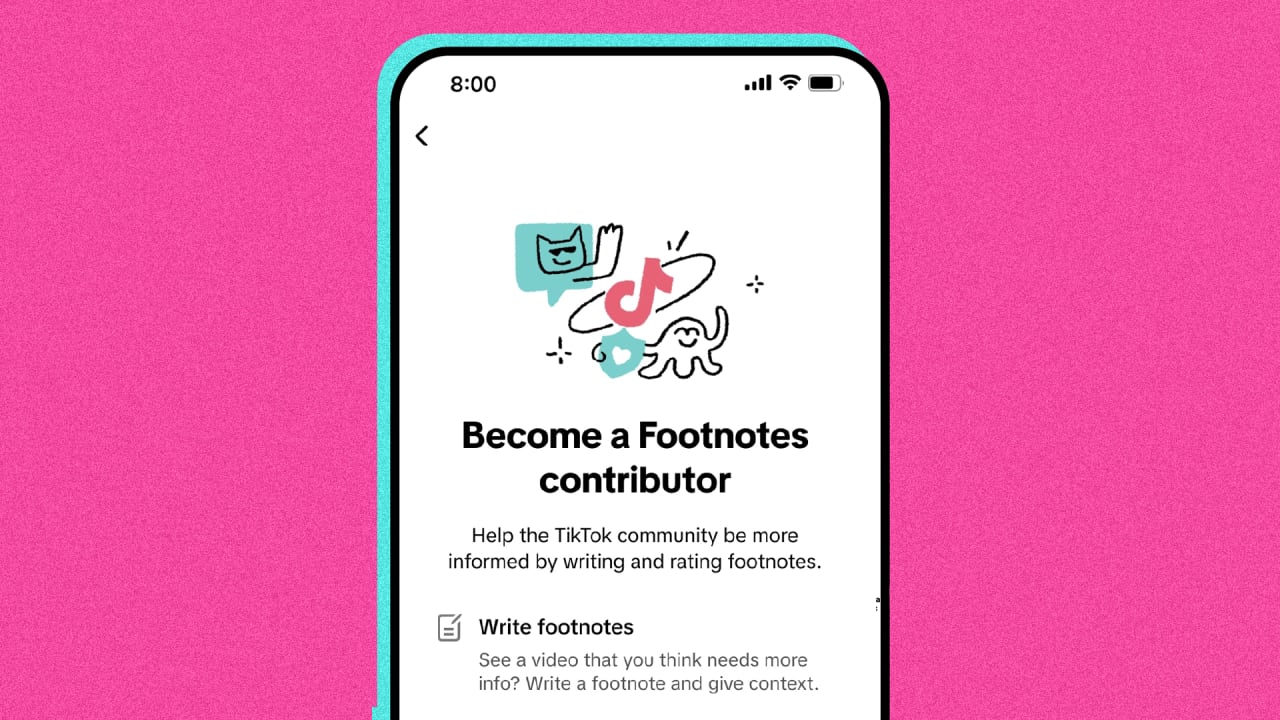How Go Interfaces Help Build Clean, Testable Systems
Go interfaces are a fantastic way to create clean, modular, and testable code. They help you decouple components, simplify testing, and enable dependency injection without adding complexity. In this post, I’ll dive into how Go interfaces support clean architecture with practical examples, focusing on a standardized naming convention, a detailed repository example, and tips for organizing interfaces in larger projects. Expect code snippets, tables, and clear explanations to make it all click. Why this matters: Clean architecture makes your code easier to maintain, test, and scale. Go interfaces are the key to doing it right in a simple way. 1. Understanding Go Interfaces A Go interface defines a contract—a set of methods a type must implement. It’s lightweight and implicit, meaning you don’t declare “this type implements that interface.” Here’s an example: type LoggerIFace interface { Log(message string) } Any type with a Log(string) method satisfies LoggerIFace automatically. This flexibility is what makes interfaces perfect for clean architecture. Key point: Interfaces let you focus on what a component does, not how it’s built, setting up decoupling from the start. 2. Standardizing Interface Names for Clarity Naming interfaces consistently makes code easier to read and maintain. A simple convention is to append IFace to the interface name, signaling it’s an interface and describing its role clearly. For example, LoggerIFace, DataRepoIFace, or NotifierIFace. Here’s why this helps: Clarity: IFace distinguishes interfaces from structs or other types. Consistency: Teams can quickly understand the codebase. Scalability: In large projects, you avoid naming conflicts. Instead of: type Logger interface { // Ambiguous Log(message string) } Use: type LoggerIFace interface { Log(message string) } Naming tip: Combine a descriptive role (e.g., DataRepo, Payment) with IFace. Avoid vague names like Handler or Service. Key point: Adding IFace to names creates a predictable structure that speeds up onboarding and debugging. Further reading: Go Code Review Comments on Naming 3. Decoupling Code with Interfaces Decoupling means isolating components so changes in one don’t ripple to others. Interfaces achieve this by letting you depend on abstractions, not concrete implementations. Let’s look at a data repository example using DataRepoIFace. Without interfaces, you might hardcode a dependency: type AppService struct { db *sql.DB // Tied to MySQL } func (s *AppService) GetData(id int) (*Record, error) { // Query db directly } This locks you into MySQL. Instead, define an interface: type DataRepoIFace interface { FindByID(id int) (*Record, error) } type AppService struct { repo DataRepoIFace // Abstract dependency } func (s *AppService) GetData(id int) (*Record, error) { return s.repo.FindByID(id) } Now AppService works with any DataRepoIFace implementation—MySQL, PostgreSQL, Unix files, or a mock. Key point: Interfaces enable loose coupling, making it easy to swap or extend implementations. 4. Simplifying Testing with Mocks Interfaces make unit testing straightforward by letting you mock dependencies. Using DataRepoIFace, here’s how you’d test AppService. Create a mock: type MockDataRepo struct { records map[int]*Record } func (m *MockDataRepo) FindByID(id int) (*Record, error) { record, exists := m.records[id] if !exists { return nil, errors.New("record not found") } return record, nil } Write a test: func TestAppService_GetData(t *testing.T) { mockRepo := &MockDataRepo{ records: map[int]*Record{ 1: {ID: 1, Value: "Test"}, }, } service := &AppService{repo: mockRepo} record, err := service.GetData(1) if err != nil || record.Value != "Test" { t.Errorf("Expected record Test, got %v", record) } } No database required. The mock satisfies DataRepoIFace, so AppService doesn’t know the difference. Key point: Interfaces make mocking effortless, letting you test logic in isolation. Further reading: Go Testing Package 5. Enabling Dependency Injection Dependency injection (DI) means passing dependencies to a component instead of creating them inside. Interfaces make this clean in Go—no frameworks needed. Using DataRepoIFace, here’s how you’d inject a repository: func NewAppService(repo DataRepoIFace) *AppService { return &AppService{repo: repo} } Set it up for different contexts: // Production (MySQL) mysqlRepo := &MySQLDataRepo{db: sqlDB} service := NewAppService(mysqlRepo) // Production (PostgreSQL) pgRepo := &PostgresDataRepo{db: pgDB} service := NewAppService(pgRepo) // Testing mockRepo := &MockDataRepo{} service := NewAppService(mockRepo) This table compares approaches: Approach Pros Cons Hardcoded Dependencies Quick to write Hard

Go interfaces are a fantastic way to create clean, modular, and testable code.
They help you decouple components, simplify testing, and enable dependency injection without adding complexity.
In this post, I’ll dive into how Go interfaces support clean architecture with practical examples, focusing on a standardized naming convention, a detailed repository example, and tips for organizing interfaces in larger projects.
Expect code snippets, tables, and clear explanations to make it all click.
Why this matters: Clean architecture makes your code easier to maintain, test, and scale. Go interfaces are the key to doing it right in a simple way.
1. Understanding Go Interfaces
A Go interface defines a contract—a set of methods a type must implement. It’s lightweight and implicit, meaning you don’t declare “this type implements that interface.” Here’s an example:
type LoggerIFace interface {
Log(message string)
}
Any type with a Log(string) method satisfies LoggerIFace automatically. This flexibility is what makes interfaces perfect for clean architecture.
Key point: Interfaces let you focus on what a component does, not how it’s built, setting up decoupling from the start.
2. Standardizing Interface Names for Clarity
Naming interfaces consistently makes code easier to read and maintain. A simple convention is to append IFace to the interface name, signaling it’s an interface and describing its role clearly. For example, LoggerIFace, DataRepoIFace, or NotifierIFace.
Here’s why this helps:
-
Clarity:
IFacedistinguishes interfaces from structs or other types. - Consistency: Teams can quickly understand the codebase.
- Scalability: In large projects, you avoid naming conflicts.
Instead of:
type Logger interface { // Ambiguous
Log(message string)
}
Use:
type LoggerIFace interface {
Log(message string)
}
Naming tip: Combine a descriptive role (e.g., DataRepo, Payment) with IFace. Avoid vague names like Handler or Service.
Key point: Adding IFace to names creates a predictable structure that speeds up onboarding and debugging.
Further reading: Go Code Review Comments on Naming
3. Decoupling Code with Interfaces
Decoupling means isolating components so changes in one don’t ripple to others.
Interfaces achieve this by letting you depend on abstractions, not concrete implementations.
Let’s look at a data repository example using DataRepoIFace.
Without interfaces, you might hardcode a dependency:
type AppService struct {
db *sql.DB // Tied to MySQL
}
func (s *AppService) GetData(id int) (*Record, error) {
// Query db directly
}
This locks you into MySQL. Instead, define an interface:
type DataRepoIFace interface {
FindByID(id int) (*Record, error)
}
type AppService struct {
repo DataRepoIFace // Abstract dependency
}
func (s *AppService) GetData(id int) (*Record, error) {
return s.repo.FindByID(id)
}
Now AppService works with any DataRepoIFace implementation—MySQL, PostgreSQL, Unix files, or a mock.
Key point: Interfaces enable loose coupling, making it easy to swap or extend implementations.
4. Simplifying Testing with Mocks
Interfaces make unit testing straightforward by letting you mock dependencies. Using DataRepoIFace, here’s how you’d test AppService.
Create a mock:
type MockDataRepo struct {
records map[int]*Record
}
func (m *MockDataRepo) FindByID(id int) (*Record, error) {
record, exists := m.records[id]
if !exists {
return nil, errors.New("record not found")
}
return record, nil
}
Write a test:
func TestAppService_GetData(t *testing.T) {
mockRepo := &MockDataRepo{
records: map[int]*Record{
1: {ID: 1, Value: "Test"},
},
}
service := &AppService{repo: mockRepo}
record, err := service.GetData(1)
if err != nil || record.Value != "Test" {
t.Errorf("Expected record Test, got %v", record)
}
}
No database required. The mock satisfies DataRepoIFace, so AppService doesn’t know the difference.
Key point: Interfaces make mocking effortless, letting you test logic in isolation.
Further reading: Go Testing Package
5. Enabling Dependency Injection
Dependency injection (DI) means passing dependencies to a component instead of creating them inside. Interfaces make this clean in Go—no frameworks needed. Using DataRepoIFace, here’s how you’d inject a repository:
func NewAppService(repo DataRepoIFace) *AppService {
return &AppService{repo: repo}
}
Set it up for different contexts:
// Production (MySQL)
mysqlRepo := &MySQLDataRepo{db: sqlDB}
service := NewAppService(mysqlRepo)
// Production (PostgreSQL)
pgRepo := &PostgresDataRepo{db: pgDB}
service := NewAppService(pgRepo)
// Testing
mockRepo := &MockDataRepo{}
service := NewAppService(mockRepo)
This table compares approaches:
| Approach | Pros | Cons |
|---|---|---|
| Hardcoded Dependencies | Quick to write | Hard to test or swap |
| DI with Interfaces | Flexible, testable, reusable | Requires interface definition |
Key point: Interfaces make dependency injection simple, letting you configure components dynamically.
6. Organizing Interfaces in Large Projects
In bigger projects, you might have dozens of interfaces like DataRepoIFace, NotifierIFace, or PaymentGatewayIFace. Without organization, things get messy. Here’s how to keep it tidy:
-
Group by domain: Place interfaces in packages related to their purpose, e.g.,
repository,notification, orpayment. - Keep interfaces small: Each interface should have 1-3 methods focused on a single role.
- Use subdirectories:
project/
├── repository/
│ └── datarepo.go // DataRepoIFace
├── notification/
│ └── notifier.go // NotifierIFace
├── payment/
│ └── gateway.go // PaymentGatewayIFace
-
Centralize common interfaces: If multiple domains share an interface (e.g.,
LoggerIFace), put it in acommonorinterfacespackage. - Document roles: Add a comment above each interface explaining its purpose.
Example structure:
// repository/datarepo.go
package repository
type DataRepoIFace interface {
FindByID(id int) (*Record, error)
Save(record *Record) error
}
This keeps interfaces discoverable and avoids clutter.
Key point: Organize interfaces by domain and role to maintain clarity as projects grow.
7. Real-World Example: Flexible Data Repository
Let’s build a system with DataRepoIFace to see interfaces in action. We’ll support MySQL, PostgreSQL, Unix files, and a mock.
Define the interface:
type DataRepoIFace interface {
FindByID(id int) (*Record, error)
Save(record *Record) error
}
Implementations:
type MySQLDataRepo struct {
db *sql.DB
}
func (m *MySQLDataRepo) FindByID(id int) (*Record, error) { /* Query MySQL */ }
func (m *MySQLDataRepo) Save(record *Record) error { /* Insert to MySQL */ }
type PostgresDataRepo struct {
db *sql.DB
}
func (p *PostgresDataRepo) FindByID(id int) (*Record, error) { /* Query PG */ }
func (p *PostgresDataRepo) Save(record *Record) error { /* Insert to PG */ }
type UnixFileDataRepo struct {
path string
}
func (u *UnixFileDataRepo) FindByID(id int) (*Record, error) { /* Read file */ }
func (u *UnixFileDataRepo) Save(record *Record) error { /* Write file */ }
type MockDataRepo struct {
records map[int]*Record
}
func (m *MockDataRepo) FindByID(id int) (*Record, error) { /* Return mock */ }
func (m *MockDataRepo) Save(record *Record) error { /* Store mock */ }
Use it in a service:
type AppService struct {
repo DataRepoIFace
}
func (s *AppService) ProcessData(id int, value string) error {
record := &Record{ID: id, Value: value}
return s.repo.Save(record)
}
Test it:
func TestAppService_ProcessData(t *testing.T) {
mockRepo := &MockDataRepo{records: make(map[int]*Record)}
service := &AppService{repo: mockRepo}
err := service.ProcessData(1, "Test")
if err != nil {
t.Errorf("Expected no error, got %v", err)
}
if mockRepo.records[1].Value != "Test" {
t.Errorf("Expected value Test, got %s", mockRepo.records[1].Value)
}
}
This setup is flexible, testable, and supports multiple storage backends.
Key point: Interfaces make complex systems modular by abstracting implementation details.
8. Avoiding Interface Missteps
Interfaces are powerful but can trip you up. Here’s how to steer clear of common issues:
| Issue | Solution |
|---|---|
| Vague interface names | Use IFace and descriptive roles, e.g., DataRepoIFace
|
| Too many methods | Keep interfaces small—1-3 methods max |
| Exposing implementation | Avoid struct-specific types in method signatures |
Bad example:
type DataStoreIFace interface {
QuerySQL(query string) (*sql.Rows, error) // Leaks SQL details
}
Better:
type DataRepoIFace interface {
FindByID(id int) (*Record, error)
}
Key point: Design interfaces to be focused and abstract to avoid complexity.
Further reading: Effective Go on Interfaces
9. Knowing When Interfaces Aren’t Needed
Not every component needs an interface. If you’re writing a one-off utility or a type with a single, stable implementation, skip the abstraction. Ask:
- Will I swap this implementation?
- Do I need to mock it?
- Does it clarify the design?
Example of no interface needed:
type Config struct {
Port int
}
func LoadConfig() *Config {
return &Config{Port: 8080}
}
Key point: Use interfaces only when they add value, like enabling testing or modularity.
Key Takeaways and Next Steps
Go interfaces help you build clean systems by enabling decoupling, testing, and dependency injection. With a naming convention like IFace, organized packages, and focused interfaces, you can keep even large projects manageable. The DataRepoIFace example showed how to support multiple backends while keeping code testable and flexible.
Try this: Pick a dependency in your project and define an ABCIFace for it. Write a mock and a test to see how it simplifies things.
What’s your experience with Go interfaces? Got a tricky case you want to discuss? Drop a comment—I’d love to hear about it.
















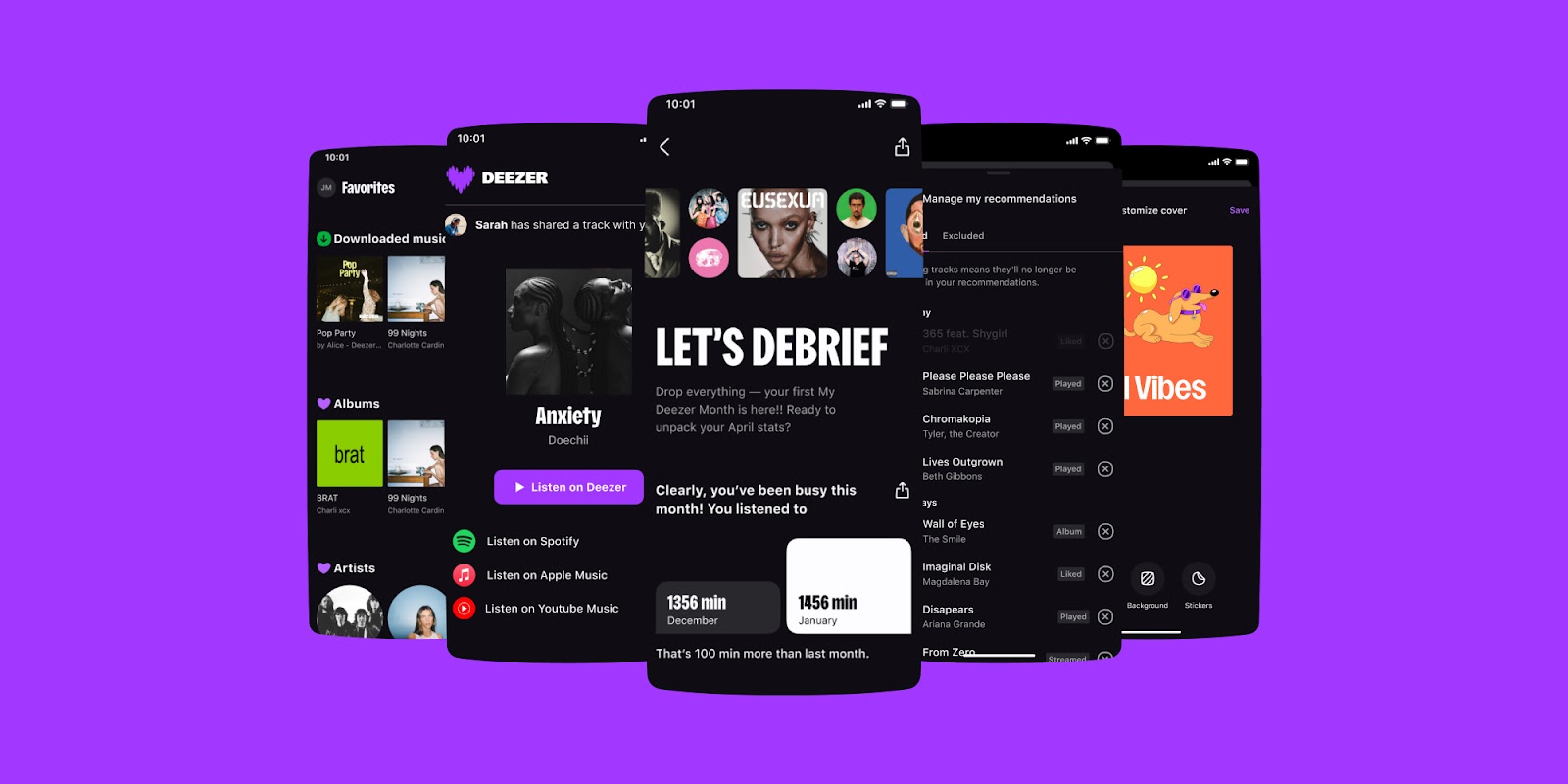


























































































































































![[The AI Show Episode 144]: ChatGPT’s New Memory, Shopify CEO’s Leaked “AI First” Memo, Google Cloud Next Releases, o3 and o4-mini Coming Soon & Llama 4’s Rocky Launch](https://www.marketingaiinstitute.com/hubfs/ep%20144%20cover.png)















































































































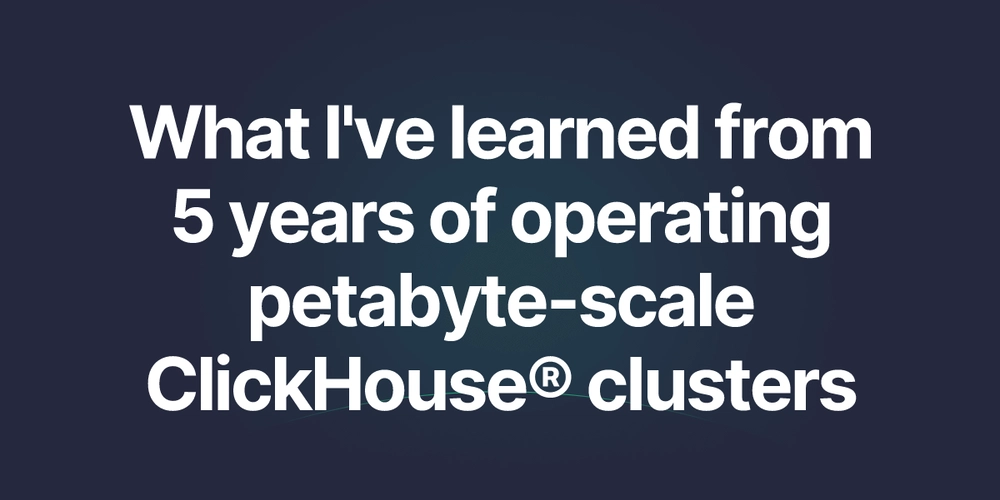


















































































![Blue Archive tier list [April 2025]](https://media.pocketgamer.com/artwork/na-33404-1636469504/blue-archive-screenshot-2.jpg?#)









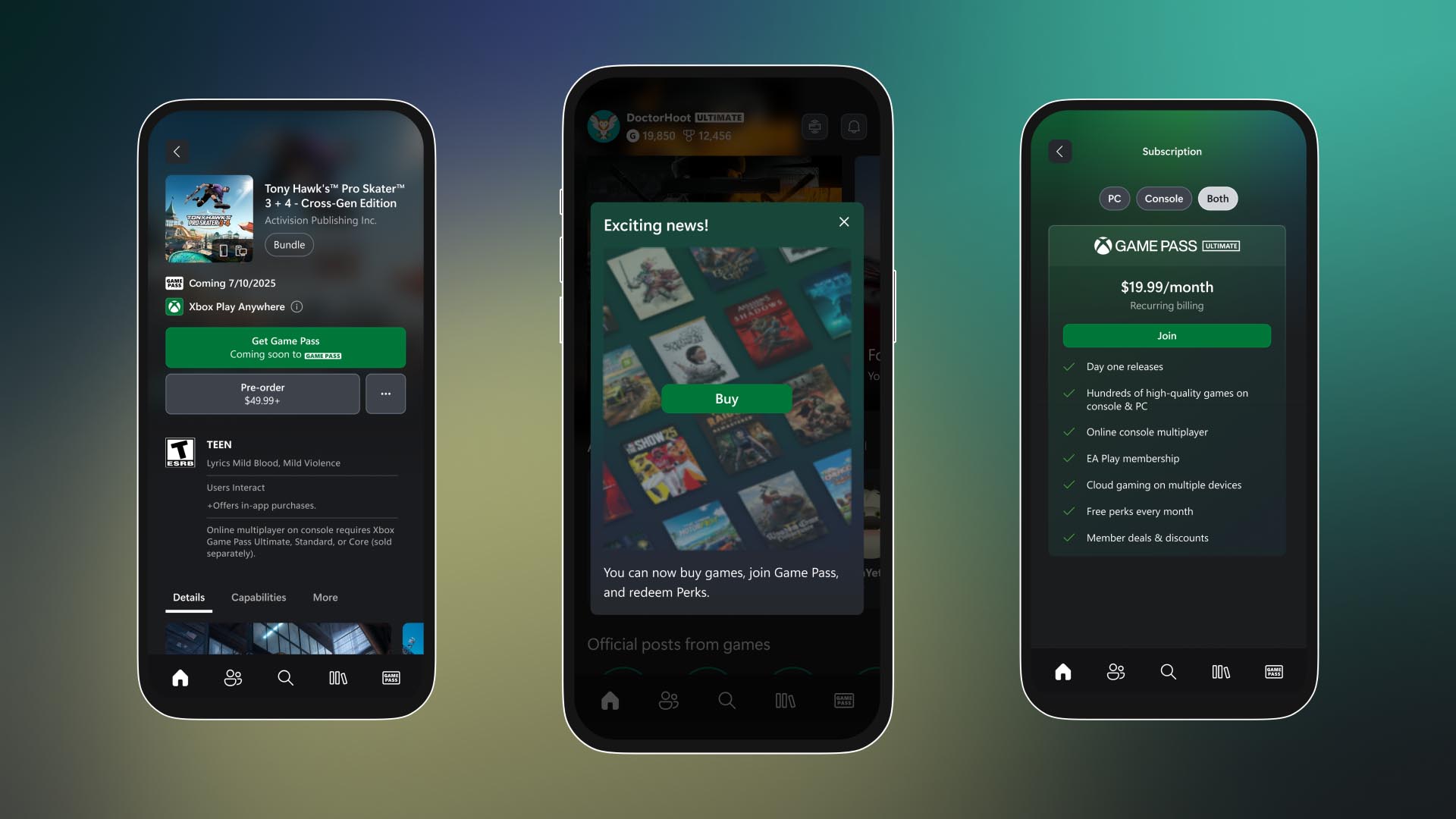





















.png?#)
.jpg?#)








.png?width=1920&height=1920&fit=bounds&quality=70&format=jpg&auto=webp#)


























.png?#)
.webp?#)













































































![Global security vulnerability database gets 11 more months of funding [u]](https://photos5.appleinsider.com/gallery/63338-131616-62453-129471-61060-125967-51013-100774-49862-97722-Malware-Image-xl-xl-xl-(1)-xl-xl.jpg)
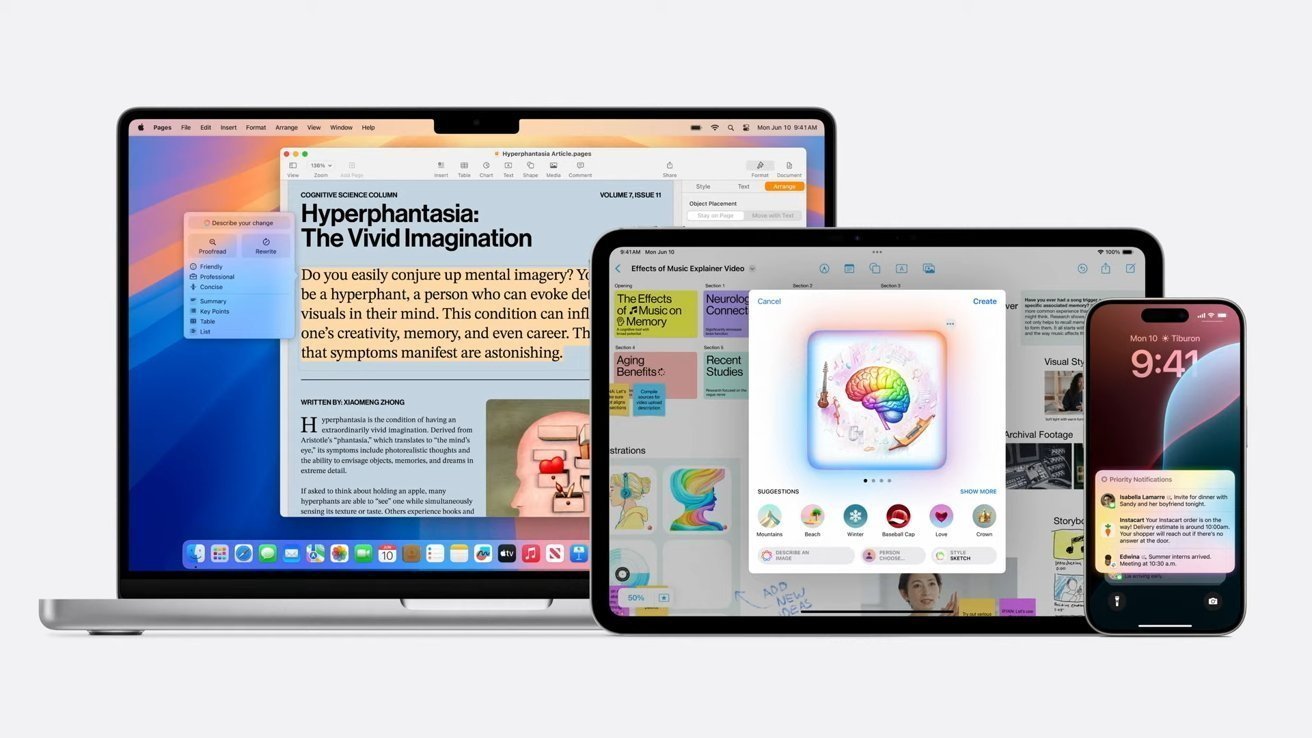




























![Apple Releases tvOS 18.4.1 for Apple TV [Download]](https://www.iclarified.com/images/news/97047/97047/97047-640.jpg)
![Apple Releases macOS Sequoia 15.4.1 [Download]](https://www.iclarified.com/images/news/97049/97049/97049-640.jpg)
![Apple Releases iOS 18.4.1 and iPadOS 18.4.1 [Download]](https://www.iclarified.com/images/news/97043/97043/97043-640.jpg)











































